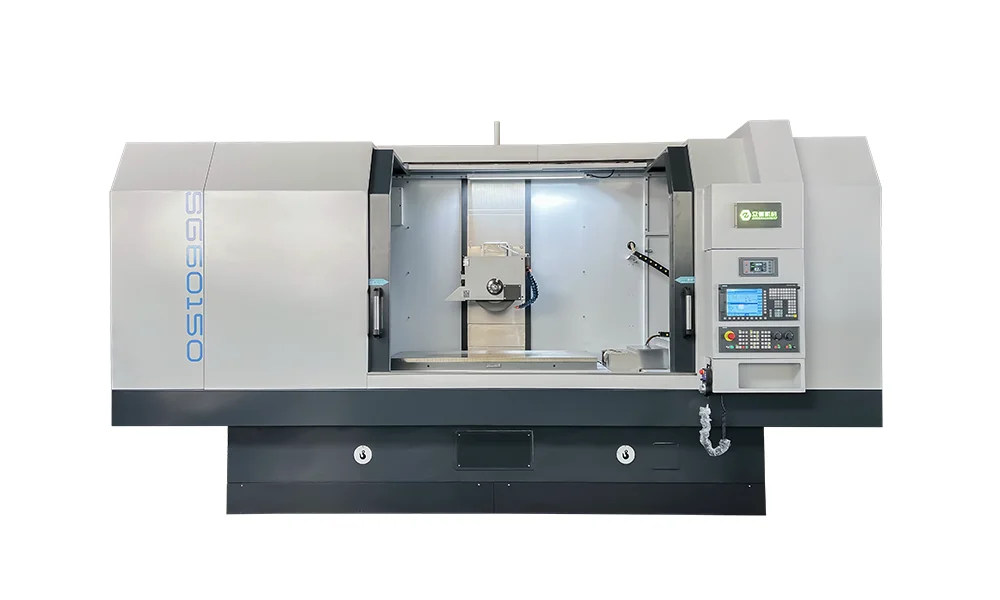Dress codes play a significant role in various industries, shaping the way professionals present themselves and creating a sense of professionalism. Understanding the most common dress codes is essential for individuals seeking to make a lasting impression in their respective fields. In this article, we will explore the intricacies of dress codes, their significance, and provide practical insights into adhering to these guidelines.
- Formal Attire: The Epitome of Elegance
Formal attire is often associated with prestigious events, such as black-tie galas, award ceremonies, and upscale weddings. This dress code demands sophistication and adherence to traditional norms. Men are expected to wear tuxedos or dark suits, while women should opt for floor-length gowns or elegant cocktail dresses. Attention to detail, such as cufflinks, ties, and accessories, adds a touch of refinement. - Business Professional: The Power of Polished Appearance
Business professional dress code is commonly observed in corporate settings, where a polished appearance is crucial. Men typically wear tailored suits, dress shirts, and ties, while women opt for tailored suits, skirts, or dresses. Neutral colors, conservative patterns, and well-groomed attire are essential. Attention should be given to accessories, such as belts, shoes, and briefcases, to complete the professional look. - Business Casual: Striking the Balance
Business casual dress code strikes a balance between professionalism and comfort. It is commonly seen in industries such as technology, creative fields, and startups. Men can opt for dress pants or khakis paired with collared shirts or sweaters. Women have more flexibility, with options like tailored pants, skirts, blouses, or dresses. While the dress code allows for more individuality, it is important to maintain a neat and presentable appearance. - Smart Casual: Effortlessly Stylish
Smart casual dress code is prevalent in industries that prioritize a relaxed yet stylish atmosphere, such as advertising, media, and fashion. Men can opt for tailored trousers or chinos paired with a blazer or a collared shirt. Women have more freedom to experiment with fashionable separates, dresses, or jumpsuits. Attention to detail, such as accessories and footwear, allows individuals to showcase their personal style while maintaining a professional edge. - Casual: Embracing Comfort and Individuality
Casual dress code is common in industries like tech startups, creative agencies, and casual workplaces. It allows for maximum comfort and individuality while maintaining a presentable appearance. Men can opt for jeans or khakis paired with polo shirts or casual button-downs. Women have the freedom to wear jeans, skirts, dresses, or casual tops. However, it is important to strike a balance between comfort and maintaining a professional image.
Conclusion:
Understanding and adhering to dress codes is crucial for professionals in various industries. By decoding the most common dress codes, individuals can confidently navigate professional settings, leaving a lasting impression. Whether it's the elegance of formal attire or the relaxed yet stylish smart casual, dressing appropriately showcases professionalism, respect, and attention to detail. Embrace the power of dressing right, and let your attire speak volumes about your competence and dedication.

